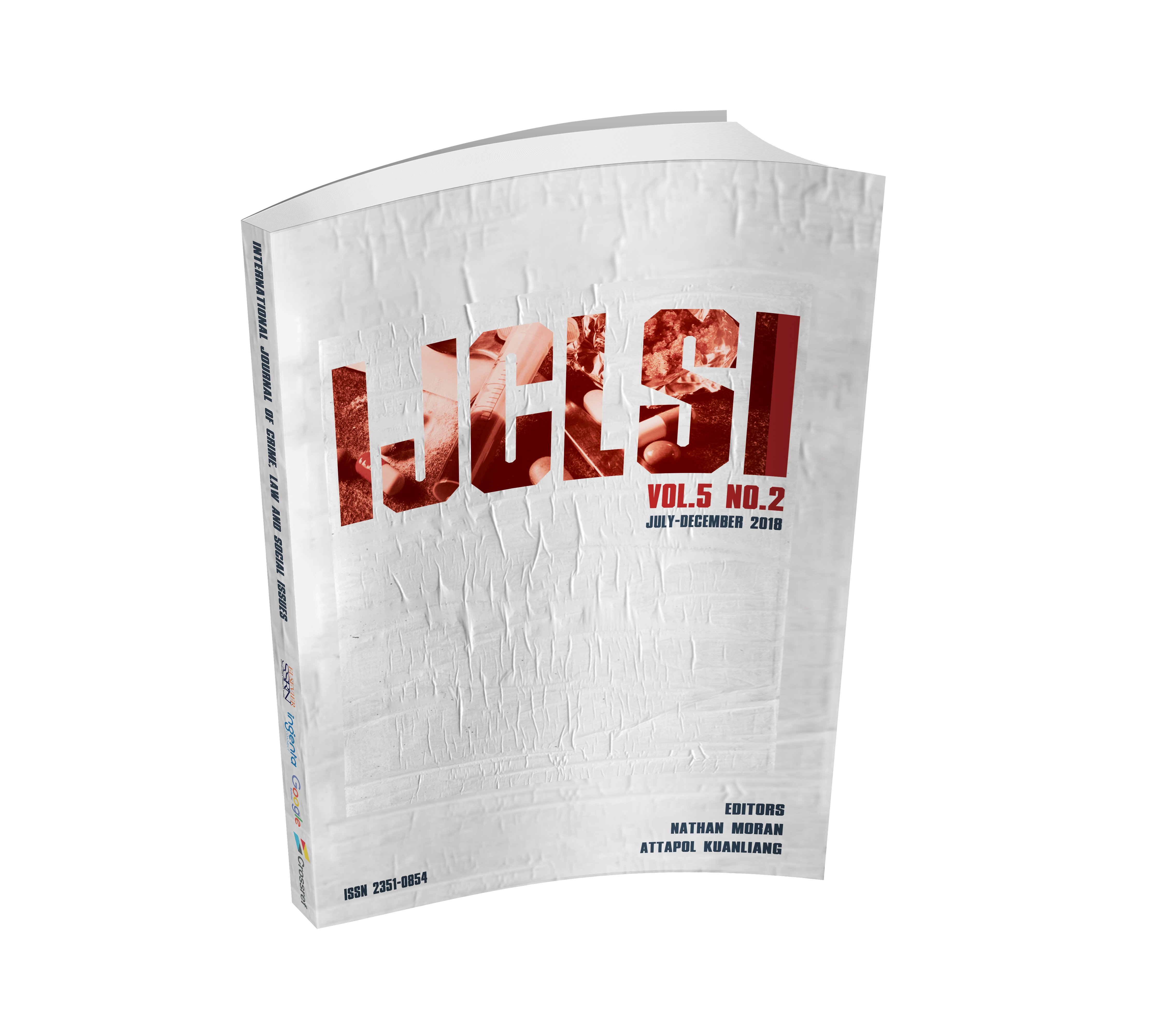The Impacts and Implications of Human Rights upon the EU and the UK Arbitration Process
Keywords:
Human Rights, Arbitration, European Union, UK Human Rights ActAbstract
One of the most significant and fundamental sources of law regarding legal rules agains bias can be found in the European Human Rights Law, which has intrinsically stipulated that a decision maker must be independent, impartial and hence clear of bias. In 1950, the 47 states of the Council of Europe, including the United Kingdom, signed the European Convention for the Protection of Human Rights and Fundamental Freedoms (ECHR).1 Accordingly, provisions contained in the ECHR have been incorporated into domestic laws of member states. In 1998, the guaranteed rights of the ECHR have been successfully incorporated into the United Kingdom domestic law by means of the Human Rights Act (HRA). Accordingly it is essential to apprehend the magnitude of the human rights impact and its extended application and implication bon the arbitration process across the EU and UK. In the attempt to answer such question, I will divide my answer into three main parts. In the first part, I will set out and unpack Article 6 of the Convention and explain how theses provisions contained in Article 6 are applicable to Arbitration. Secondly, we will be looking at the shifts between the applications of the tests against bias used in the EU, the UK in particular. In the final part of this essay, the main discussion would be placed upon assessing the efficiency and effectiveness of the current bias test and to examine whether or not the test currently and commonly employed in the UK should be improved or replaced.
Downloads











.png)


